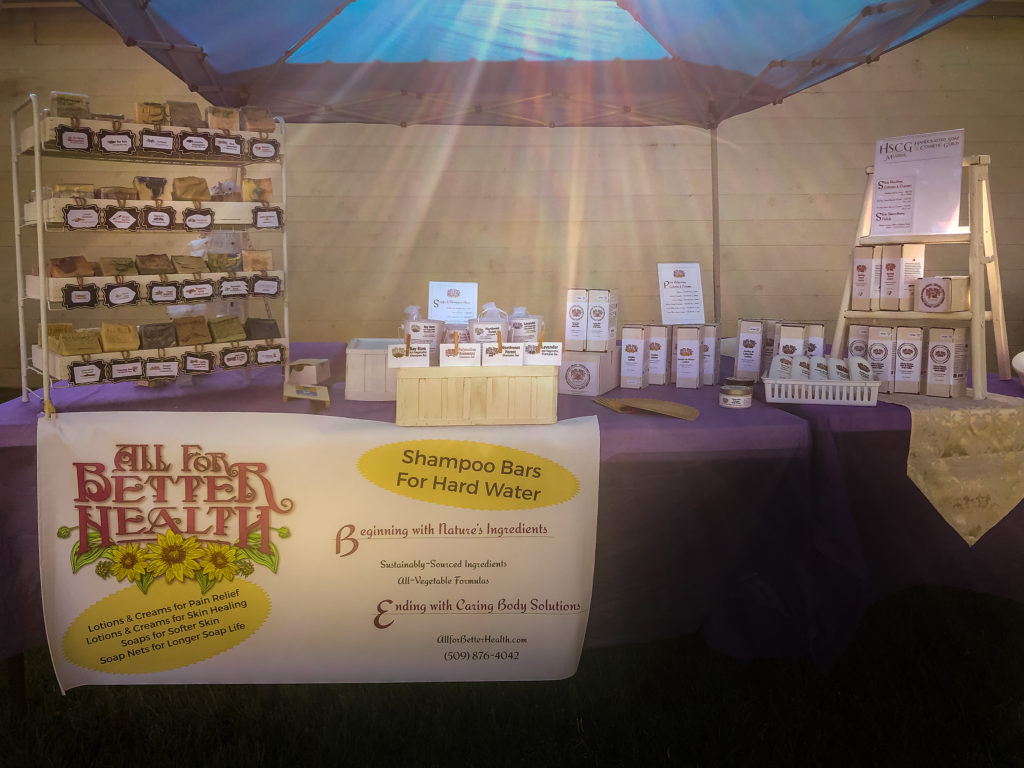
Did you know your body can react to exercise in much the same way as it reacts to an injury? When you work out, you strain your muscles, which causes them to break down and tear. Your body recognizes this stress as a threat, and so it sends cells and proteins to the area to rebuild the muscle from the broken-down fibers. You can wait until you feel sore, or you can use arnica after your workout to support the healing process. Often this is reduces soreness, and sometimes using arnica even prevents post workout pain.
What is Arnica?
Arnica is a perennial herb related to camomile and masterwort. It’s native to mountainous areas of Europe, Asia, and America, but it naturalizes easily, so you may find it in other regions, too. The yellow flowers appear between June and September, depending on altitude and latitude; hence its alternate name, summer witch.
Its medicinal properties have been known since antiquity. Native Americans used arnica for wounds and bruising and an insect repellent. Modern science confirms many of its traditional uses. Thus, arnica may be an effective treatment for:
- Strains or sprains
- Tension headaches
- Bruising (including black eyes)
- Ankle swelling after exercise (from impact or heat)
- Fever blister pain associated with infection in the mouth or throat
- Toothache (as a local application)
- Itching from sunburn or other skin irritations (also as a local treatment)
- Arthritis associated pain
Do you see how many of these symptoms come from adopting an active lifestyle? That’s why we’re sharing the five most important reasons you should use arnica after your workout.
Reason #1: Arnica is Nature’s Analgesic
Arnica reduces the sensation of pain by blocking the transmission of pain signals from nerve endings to your brain. This means that arnica will not just mask pain like a typical NSAID (like ibuprofen or aspirin), but actually reduce the intensity of the pain itself. In one study, arnica was just as effective as ibuprofen for treating joint pain, and in many studies has been proven to be just as effective as NSAIDs for relieving pain, swelling and inflammation. [Source]
Reason #2: Arnica Calms Inflammation Post Workout
Inflammation is the body’s natural response to injury or infection. The inflammatory response helps remove harmful substances and repair damaged tissues, but it can sometimes become an issue when it gets out of control. The redness, swelling, and warmth associated with inflammation are signs that your immune system is working hard to repair your body and fight off an infection.
However, while inflammation is a good thing when it’s under control, persistent inflammation can cause damage. Prolonged inflammatory response can lead to chronic diseases like heart disease or joint conditions like arthritis. We know the active ingredients in arnica have anti-inflammatory properties, which means they can help calm down the “fire” of inflammation and reduce the swelling. While it does not have the power to inhibit bacterial growth, it has the ability to reduce localized redness and swelling from infection.
Reason #3: Arnica Boosts Collagen Production
One of the most important features of arnica is that it stimulates collagen production. Collagen is the most abundant protein in the human body and is the main component of skin, ligaments, tendons, cartilage, and joint capsules. As we age, the amount of collagen in our bodies decreases, leading to less resilient skin, joints, and ligaments, which may put us at higher risk for injury.
Fortunately, arnica can help reverse this process. According to research, arnica stimulates fibroblasts (the cells that produce collagen) to synthesize more collagen. This is especially helpful for athletes and those who engage in prolonged physical activity.
Reason #4: Arnica Reduces Muscle Soreness Following Your Workout
The breakdown of muscle tissue that leads to soreness is called Myofascial Triggering. This is a process where the muscles become hypersensitive and overloaded. This triggers the nervous system to fire electrical impulses that lead to pain.
Arnica may reduce the amount of electrical impulses in your muscles, which could be why its use leads to less pain and soreness. It appears arnica increases the amount of parasympathetic nerve fibers in the muscles. These nerves regulate muscle tension and relax the muscles when they are at rest.
In addition, remember how arnica increases the amount of blood flow to the affected muscles? This extra blood flow brings healing cells and proteins to the muscles, stimulating them to rebuild and repair themselves. This is especially helpful for athletes who push their bodies to the limit, sometimes hurting themselves in the process.
Reason #5: Arnica Helps Recondition Your Muscles and Tissue After Your Workout
When your muscles tear or become injured, your body responds by rebuilding them stronger than before. For this to happen, the muscles need to go through a process called “muscle reconditioning.” You can accelerate this process by using arnica. When applied topically, arnica triggers growth factors in the muscle cells, which helps speed up the rebuilding process.
Arnica may also increase the amount of HGH (human growth hormone) in the bloodstream. HGH is known to increase collagen production, which helps the muscles rebuild stronger and become more resilient to future injury.
Conclusion
Exercise is great for your health. So even if one of the most common side effects of exercise is muscle soreness and fatigue, you can turn to arnica to help relieve these symptoms and speed up your recovery time. If you’re going to be engaging in strenuous exercise, be sure to include arnica in your pre- and post-workout routine to protect your body from unnecessary injuries and speed up your recovery time so you can get back to the gym as soon as possible!
We have four arnica-based lotions. The Arnica and Arnica Hemp lotions depend upon peppermint essential oil for scent and enhanced effectiveness. The Arnica Lavender and Arnica, Hemp and Lavender include lavender to work synergistically with arnica to enhance its effectiveness. Click here to learn more.




